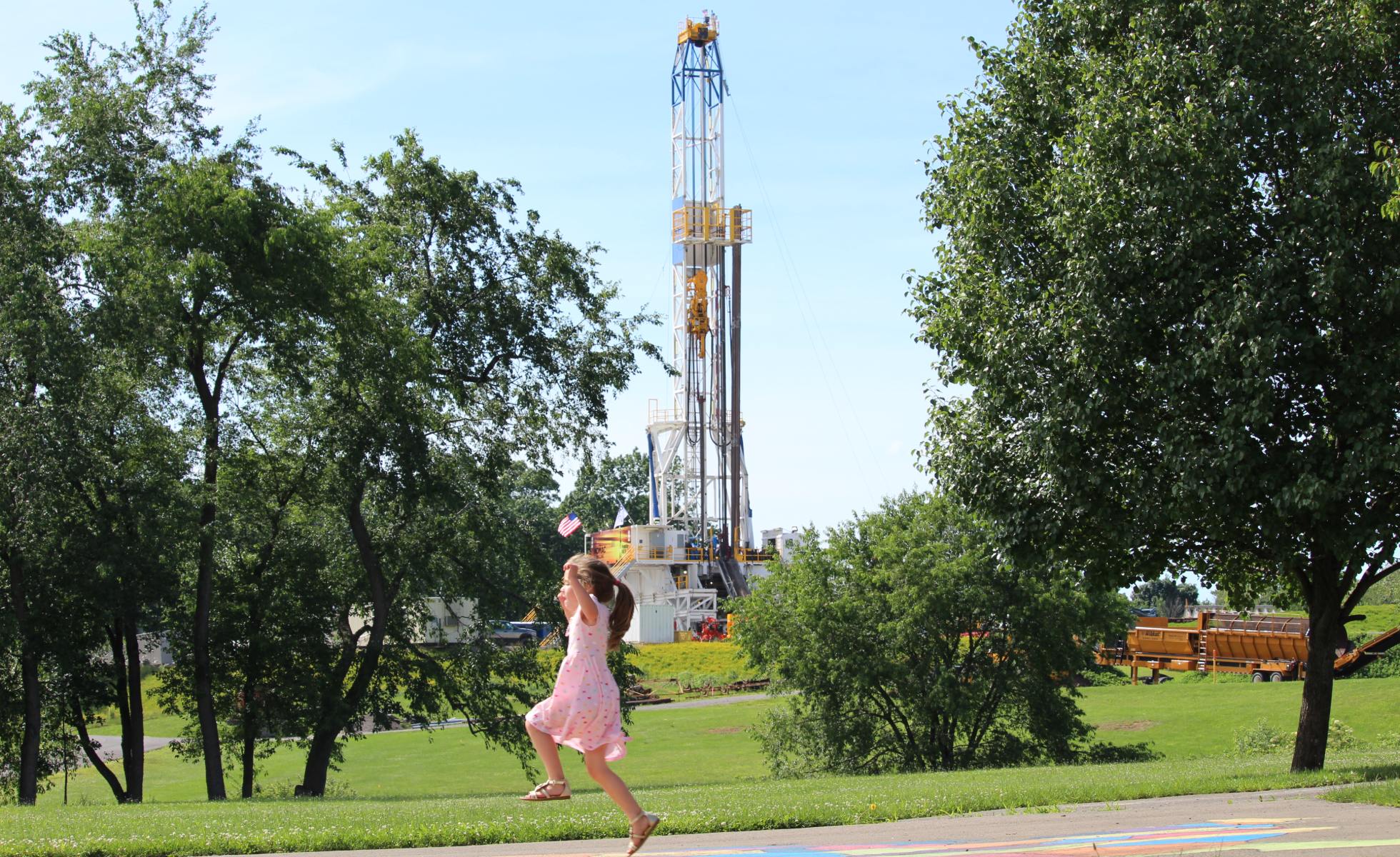

"C ountries at all levels of income now have the opportunity to build lasting economic growth at the same time as reducing the immense risks of climate change. The Global Commission on the Economy and Climate (GCEC), in its September 2014 Better Growth, Better Climate report, reinforced the message that decisions and investments to seriously fight climate change need to be taken in the next 15 years, concluding that: Given the urgent need to reduce emissions, shale gas, and indeed natural gas in general, do not seem suitable as a transition fuel in either the West, or in the rest of the world. This poses a major risk to many countries in the Global South which are already feeling the impacts of climate change and which are predicted to experience some of the most severe consequences.īy 2030, while the cost of climate change and air pollution combined is expected to represent 3% of global GDP, the world's least developed countries forecast to pay the highest price, restricting growth by up to 11%. The climate change impact that a global intensification of the shale oil and gas production could have is therefore significant. In non-OECD countries, the IEA forecasts an increase to almost 5,800 million tonnes of CO 2 in 2035. While the IEA states that in 2010, the world energy-related CO 2 emissions in the gas sector were around 3,050 million tonnes of CO 2, it estimates that CO 2 emissions from the gas sector, in a context of shale gas expansion, would continue to increase in every part of the world, despite the use of best available technology. "CO2 emissions on a long-term trajectory consistent with a probable temperature rise of more than 3.5 degrees Celsius (☌), well above the widely accepted 2☌ target." Recent studies in the US have for instance shown that the failure rate for unconventional wells in the Marcellus basin - where a significant amount of US unconventional gas is currently produced - was at least 6.2% and that unconventional gas wells in north eastern Pennsylvania were found to fail almost three times more than conventional wells in the same area.Ĥ0% of the methane is vented to atmosphereĪs a result, it has been predicted that about 40% of the oil and gas wells in parts of the Marcellus shale region are likely to leak methane into the groundwater or into the atmosphere.Ĭoncerns about methane leakage are particularly acute in countries where environmental standards and monitoring capacities are considered to be low, which is the case in most countries covered in this study.Įven though there is still considerable debate, a number of international agencies have warned that the world-wide development of the fracking industry will not have the climate benefits claimed.Īccording to the IEA, even in a best case scenario where its ' Golden Rules' - principles which would supposedly address the environmental and social impacts of the fracking industry - were respected: The much higher failure rate of unconventional well drillings (compared to conventional ones) adds to the problem of methane leakage. This figure is of particularly concern given that scientific analysis shows that the climate benefit of switching from coal to gas is lost if the level of methane leakage exceeds 3%. While gas may therefore have a lower carbon footprint than many other fossil fuel sources when it is burnt, it can generate high levels of emissions over the course of the production and transportation cycles as a result of methane leakages.Īccording to independent analysis in the US, despite the existing so-called 'best available' technology, up to 12% of the natural gas produced at a number of shale gas production areas can leak directly into the atmosphere.


Natural gas is mostly made of methane which has, according to the IPCC, a global warming potential 86 times higher than CO2 over a 20-year time-frame. Natural gas - more carbon-intensive than promoted This claim is however deeply misleading as it misrepresents the global warming impacts of natural gas and ignores the consequences for climate change of global development of the fracking industry. Unconventional gas is presented as an important low carbon transition fuel. One of the most common arguments used to promote the development of shale resources is that shale gas could "play a key role in the transition to a greener energy future". The search for unconventional fossil fuel energy sources is taking place against a backdrop of increased awareness of the urgency to act to prevent the worst impacts of climate change.Ĭonsistent expert analysis confirms that we are rapidly approaching crucial tipping points and must rapidly decarbonise our energy system for these to be avoided.Īccording to the International Energy Agency (IEA), two thirds of the known fossil fuel reserves need to be left in the ground if we are to avoid the internationally agreed limits of 2☌ warming.


 0 kommentar(er)
0 kommentar(er)
